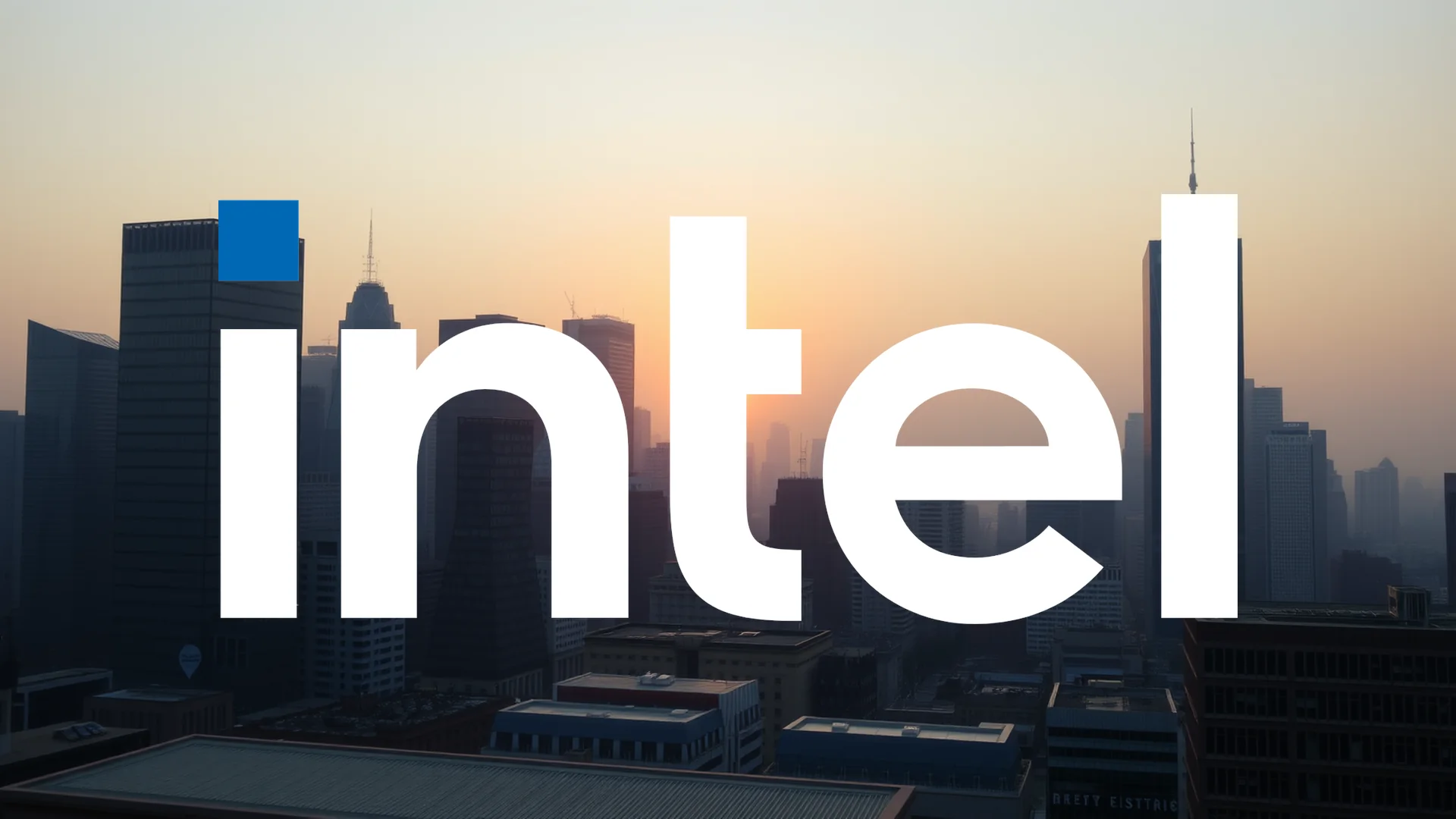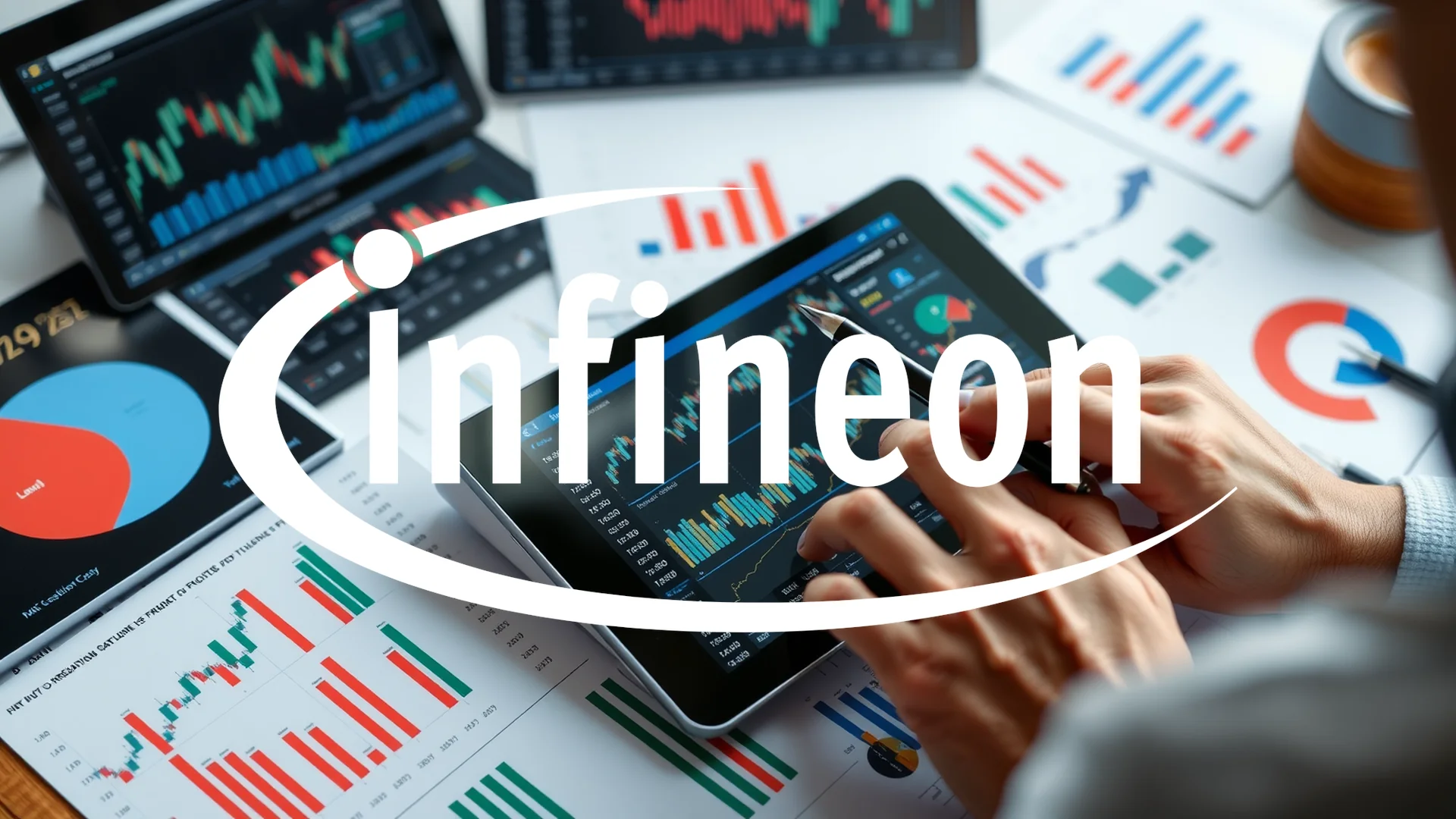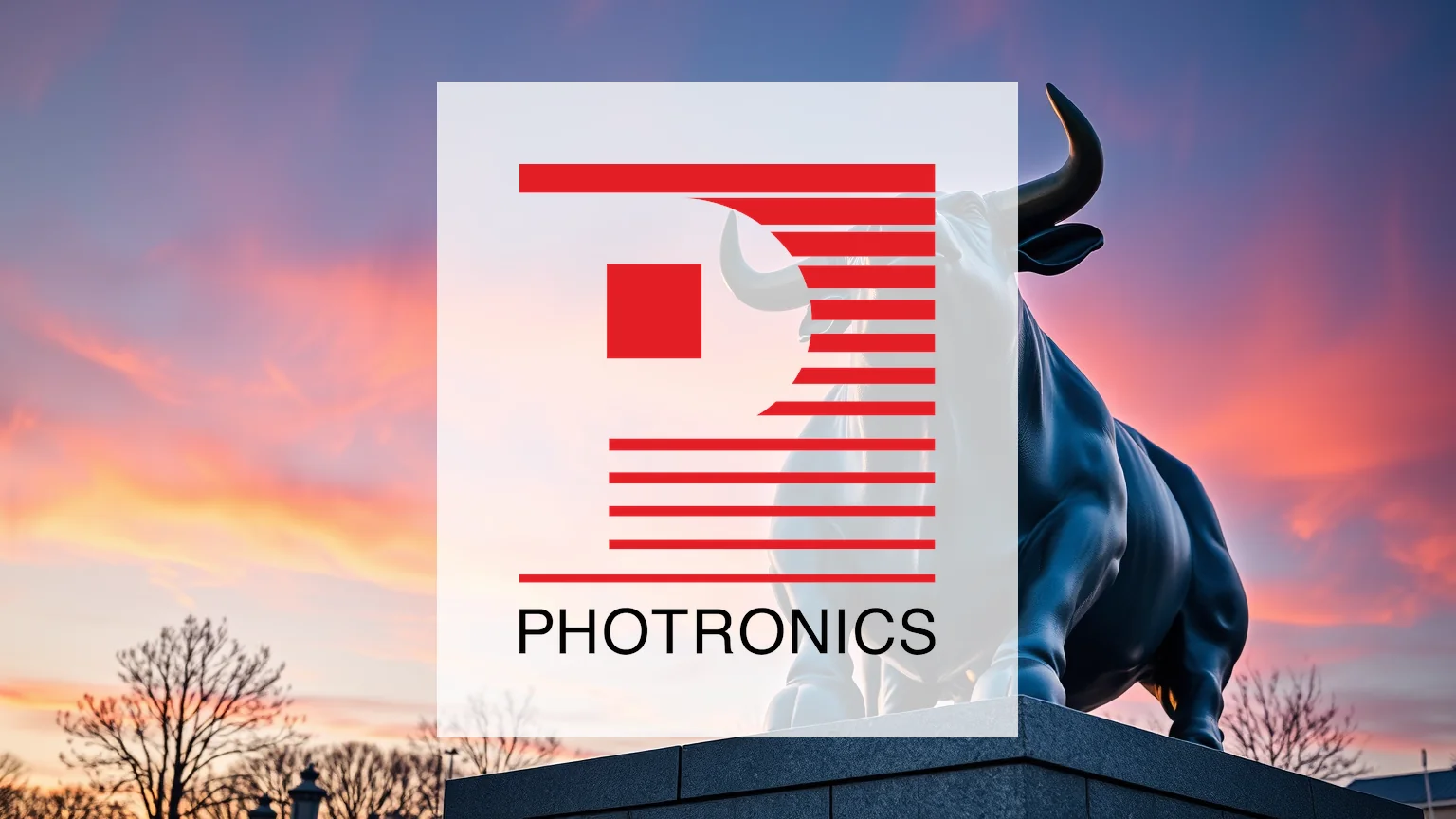In an extraordinary departure from traditional policy, the United States government is injecting $8.9 billion into Intel Corporation, securing a 9.9% ownership stake in the semiconductor behemoth. This move transforms CHIPS Act funding into direct equity participation, fundamentally reshaping the dynamic between Washington and America’s premier domestic chip manufacturer. The implications of this unprecedented intervention for Intel’s strategic direction and its shareholders are now a primary focus for market observers.
Financial Performance and Market Valuation Present a Contradiction
Intel’s second-quarter 2025 results revealed a complex financial picture. Revenue reached $12.9 billion, surpassing analyst projections and representing the first year-over-year growth since Q1 2024. However, this positive development was tempered by significant financial headwinds. Restructuring expenses totaling $1.9 billion, coupled with an additional $1 billion in production facility write-downs, substantially impacted the bottom line.
Notably, Intel currently trades at a remarkably low price-to-earnings ratio of 1.05, standing well below the industry average of 4.55. This substantial discount potentially indicates the market is significantly undervaluing the company’s shares.
Aggressive Restructuring Under New Leadership
Since Chief Executive Officer Lip-Bu Tan assumed leadership in March 2025, Intel has embarked on an ambitious transformation strategy. The comprehensive overhaul includes multiple decisive actions:
– A workforce reduction of 15% across all divisions
– Divestment of non-core business units
– A $100 billion commitment to expand domestic manufacturing capacity
– Operational independence for its foundry business segment
These sweeping measures aim to reposition Intel for profitability after several years of market share erosion to competitors including AMD and NVIDIA.
Should investors sell immediately? Or is it worth buying Intel?
Foundry Business Emerges as Strategic Centerpiece
The core of the government’s strategic investment centers on Intel’s foundry operations. The company aims to establish this division as the world’s second-largest contract chip manufacturer by 2030, directly challenging Taiwan Semiconductor Manufacturing Company’s market dominance. With $15 billion in secured design wins and an aggressive development roadmap targeting five manufacturing nodes in four years, this goal appears increasingly attainable.
The investment structure incorporates sophisticated warrant arrangements designed to ensure that domestic production capabilities remain under American control, even if Intel eventually divests majority ownership of its foundry operations.
Investor Uncertainty Reflects in Volatile Trading Patterns
Substantial share price volatility throughout the year, with fluctuations between $17.66 and $27.55, underscores persistent investor uncertainty regarding Intel’s turnaround prospects. Analyst sentiment remains deeply divided, with only 3.4% recommending purchase of the stock while 17.2% advocate selling. Price targets ranging from $14 to $36 demonstrate continued skepticism about the company’s near-term trajectory.
Competitive Landscape Remains Challenging
Intel continues to face formidable competitive pressures across multiple fronts. AMD has captured substantial processor market share, while NVIDIA maintains dominant positioning in artificial intelligence technologies. The company’s gross margin of 29.7% significantly trails industry peers, and substantial capital expenditures have resulted in negative free cash flow of $4.5 billion.
While the government partnership provides crucial financial stability, it raises legitimate questions about operational autonomy. International customers may express concerns about the company’s increasingly close ties to Washington. For Intel shareholders, this partnership inaugurates a new chapter characterized by both unprecedented government support and ongoing competitive challenges.
Ad
Intel Stock: Buy or Sell?! New Intel Analysis from October 21 delivers the answer:
The latest Intel figures speak for themselves: Urgent action needed for Intel investors. Is it worth buying or should you sell? Find out what to do now in the current free analysis from October 21.
Intel: Buy or sell? Read more here...










